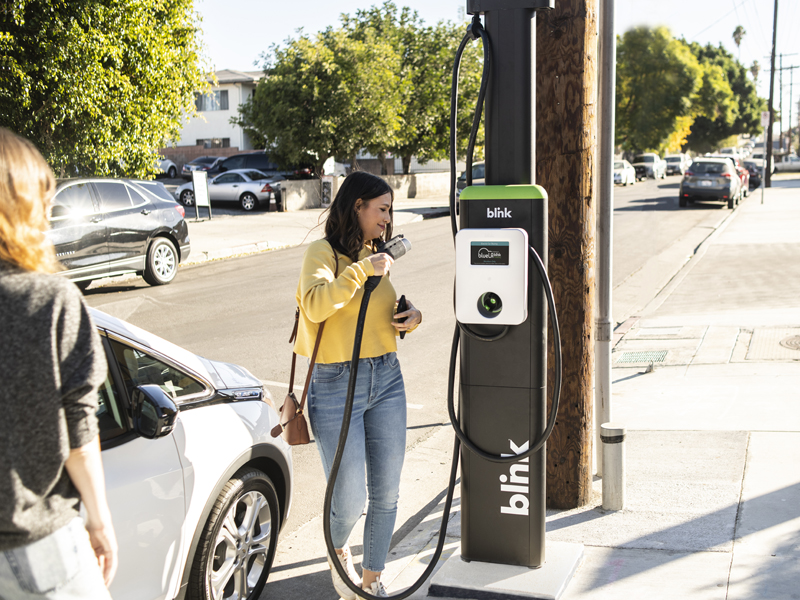This time of year, most people have one thing on their minds: the weather. As freezing temperatures descend across the country and snow and ice become a hazard, EV drivers face another potential issue—how cold affects the battery and range of their electric cars. Most EV drivers know cold weather influences the range of their vehicles, and one of the reasons people cite for not buying an EV is the belief that they don’t operate well in cold temperatures. In fact, the majority of EVs are sold to those who live in temperate and semi-tropical climates. They’re most popular in California, Florida, and the south. EV experts however say it’s not impossible to own an EV in a cold climate—it just takes a little preparation.
Most EV drivers know all their vehicles lose some amount of range in cold weather, but many people are not sure how, why, or how much.
How Much Range is Lost?
Cold temperatures do affect electric vehicles and steal some of their range. The amount of range lost depends on many factors such as the car itself, its potential range in normal weather, and whether the heat is on. According to AAA’s “Cold Weather Can Cut Electric Car Range by Over 40%”, EVs often lose 12% of their range in cold weather, but the loss leaps to 41% with the heater on full blast.
41%
Potential Cold-Weather Range Loss
According to Wired’s “Why Electric Cars Struggle in the Cold—and How to Help Them”, “Batteries are like humans,” says Anna Stefanopoulou, director of the University of Michigan’s Energy Institute. “They prefer the same sort of temperature range that people do. Anything below 40 or above 115 degrees Fahrenheit and they’re not going to deliver their peak performance.
Why Do EVs Lose Range in the Cold?
Do EVs lose range because of how the cold affects the battery? No, according to Consumer Report’s “Buying An Electric Car for a Cold Climate? Double Down on Range.” ALL cars, both gas, and electric struggle in cold weather. The increased amount of energy needed is what drains the battery, not the fact that it’s cold. Any factor that significantly uses more power than normal would affect range.
Are There Ways to Work Around the Problem?
Getting a car with as much range as possible is the first step. Skip pricey details and put all your money into range. According to Jake Fisher, senior director of auto testing at Consumer Reports, “Typically, we warn new-car shoppers not to buy more vehicles than they need, whether that’s seats, cargo room, or towing capacity,” Fisher says. “But in this case, EV buyers who drive in colder climates should strongly consider getting a car with a range about double what their daily driving needs are, so they’re not left stranded in a cold snap.”
My EV.com also has some suggestions once you get your EV home. Park the car to charge in a garage if possible, and turn the heat or air on while the car is charging, giving you as much charge as possible. Never let the car sit and idle with the heat on to warm up before driving. Combine trips, and don’t use the car more than necessary. High speeds and heavy braking will add to range loss, and when it comes to heating, seat warmers are a better choice than running high heat. Keep tire pressure high and never add external decorations to your car or anything that could be considered an aerodynamic drag.
While owning an EV in a cold climate presents some challenges, where you live is not a deterrent to EV ownership. Good planning will keep your car in great shape, and make sure you have the range to get where you need to go, regardless of the weather.
Recommend for You
Stay Informed
Join our mailing list for hot news and company updates.







